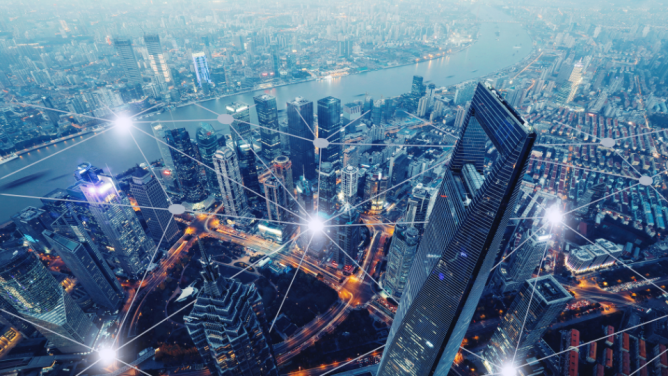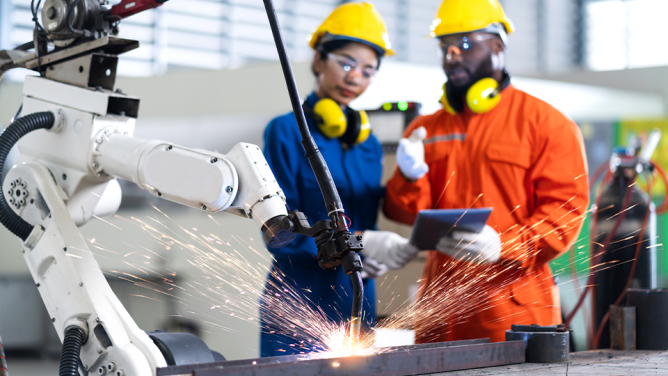
This is the main discussion behind the long-read article Drones go to work, the reference on the emerging drone economy, that was published in the Harvard Business Review. The man behind the article is Chris Anderson, one of Silicon Valley’s most influential masterminds. He’s the former editor-in-chief of Wired magazine, the theorist behind long tail and the maker movement, and now CEO of a drone-tech manufacturing company.
Drones, smartphones, same difference
Ever since we’ve stopped regarding them as “airplanes without pilots” (regulators should end up allowing the use of fully autonomous drones) and more like “smartphones with propellers”, drones are no longer weapons, nor simply toys. They’ve become tools which are progressively opening up the market of digitizing the physical world. According to Anderson, it’s a market that’s could be as “big as the world itself”. Drones are capable of both digitizing the planet in high resolution and in near-real time, in a safer and cheaper way than satellites or planes, providing uninterrupted imaging. Drones have become hardware “as open and extensible as a smartphone, with virtually limitless app potential.”
Up until recently, reality capture technology (extremely fast digital 3D modelling of the real world) linked to drones was used mainly in the entertainment industry, but that’s now changing. The technology is becoming more commonplace in the commercial market, which, as of 2017, is now it’s main market. It’s deeply changing the ways in which numerous industrial sectors operate: from construction, agriculture, energy, insurance, infrastructure and even communications. Drones are drastically turning upside down the way in which, prior to now, we carried out critical tasks like surveillance, inspection, monitoring and mapping — well, if such tasks were even carried out at all… On a construction site, the drone becomes the superintendent, capable of assessing the differences between what has been built (the reality) and what has been designed (what it should be): there is a huge economical value in the difference between the two.
Heading towards an internet of flying things
If drones are today vehicles for collecting data, who knows what they’ll be tomorrow? “The true breakthrough will come with autonomy,” insists Anderson, who has already noticed a variety of uses, from drones delivering medicine in developing countries, spraying pesticides in fields, and even those used by Facebook that provide internet access. Drones are also becoming widespread when it comes to monitoring and the video surveillance of complex industrial environments (power plants, offshore sites, etc.), or even for structures that were too vast to be inspected before now (electrical lines, railway lines, works). One use that’s not so new, but that is becoming more common as drones are becoming more autonomous, are plug and play drones. They can detect a disturbance, lift off to “remove any doubt”, report on the situation, and come back to charge up at their base, without the need for human intervention. Thanks to their embedded system, and their ability to network with connected logistics chains, drones are promising that predictive maintenance and managing complex real-time site surveys become the norm.
So a real internet of flying things appears to be taking shape, a colony in the sky. Just like smartphones, drones are naturally suited to online applications: the dawn of cloud robotics will do them no harm of good too. At the same time, by nudging their way into this whole new network of data that was inaccessible up until now, drones will in turn make the internet smarter….
The article “Drones Go to Work” is one of six “Big Ideas” launched the Harvard Business Review during 2017. It follows critical thinking on the economic consequences in inequality between companies.


